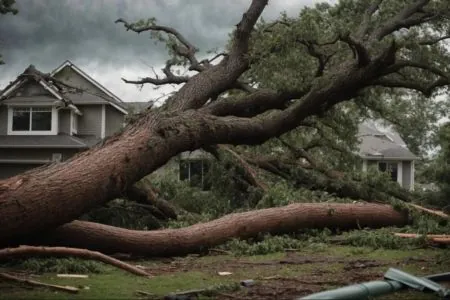
Maple trees are far more than just decorative elements in our landscapes; they are a testament to nature’s beauty and adaptability. Renowned for their stunning seasonal transformations, these trees bring vibrant colors, unique shapes, and various practical benefits to any garden or yard. Each type of maple tree offers distinct features that can cater to a wide range of aesthetic and functional needs.
Maples are celebrated not only for their striking visual appeal but also for their contributions to environmental sustainability. They offer shade, improve air quality, and support local wildlife. By understanding the unique qualities and benefits of each variety, you can select the ideal maple tree to complement your landscape, making it more beautiful and functional.
In this article, we will explore the fascinating world of maple trees, focusing on their diverse varieties and the specific advantages they bring. Whether you are captivated by the fiery shades of the Red Maple, the grand stature of the Sugar Maple, or the robust resilience of the Black Maple, there is a maple species that can enhance your outdoor space perfectly.
Explore how the right maple tree can transform your garden, offering year-round interest and a range of ecological and practical benefits.
Exploring Different Maple Tree Species
Maple trees are a diverse group of deciduous trees that offer a range of benefits and aesthetic appeal. Each species has its unique characteristics, making them suitable for various landscapes and purposes. Whether you are drawn to their vibrant fall colors, their ability to provide shade, or their practical uses, understanding the differences between maple species can help you choose the right one for your garden.
Here are some of the most notable maple tree species, each offering its own set of features and benefits.
Red Maple Tree

The Red Maple is celebrated for its striking red foliage, especially during autumn. This species thrives in a variety of soil types and is known for its adaptability to different environmental conditions. Red Maples are also relatively fast-growing, making them a popular choice for homeowners looking to quickly enhance their landscape. Beyond its vibrant color, this tree provides excellent shade and supports local wildlife by producing small, attractive flowers in spring. It’s an ideal choice for those seeking a versatile and visually appealing tree.
Similar Post: Types Of Flowering Trees In New England
Black Maple Tree
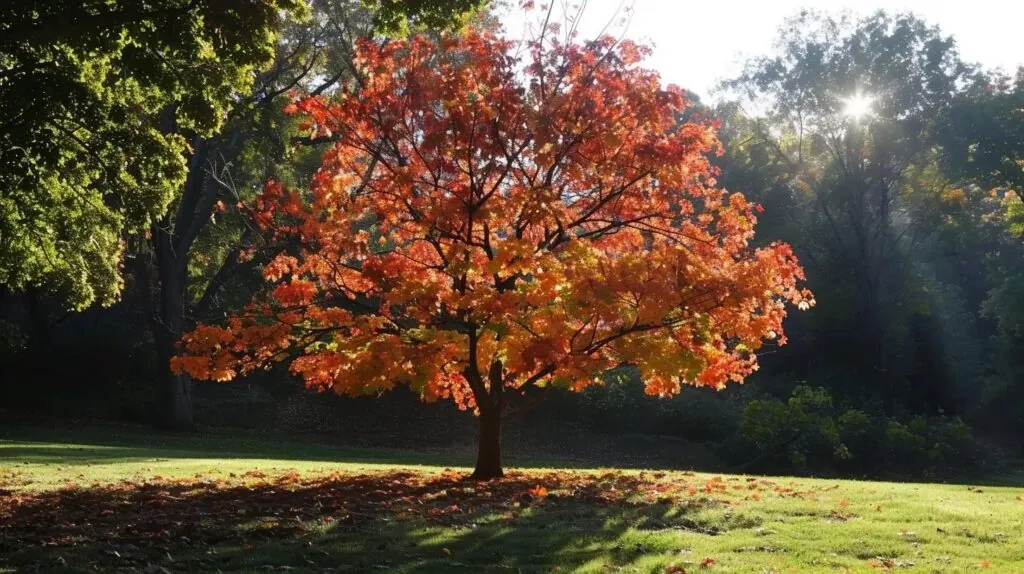
The Black Maple is closely related to the Sugar Maple but is distinguished by its darker, greenish-black bark and unique leaf shape. This species is known for its exceptional fall color, which ranges from bright yellow to deep red. Black Maples are particularly valued for their dense canopy, which offers substantial shade. They are also resilient to urban conditions, making them suitable for city environments. The Black Maple’s hardwood is used in various applications, including furniture and flooring, offering beauty and functionality of use.
Sugar Maple Tree
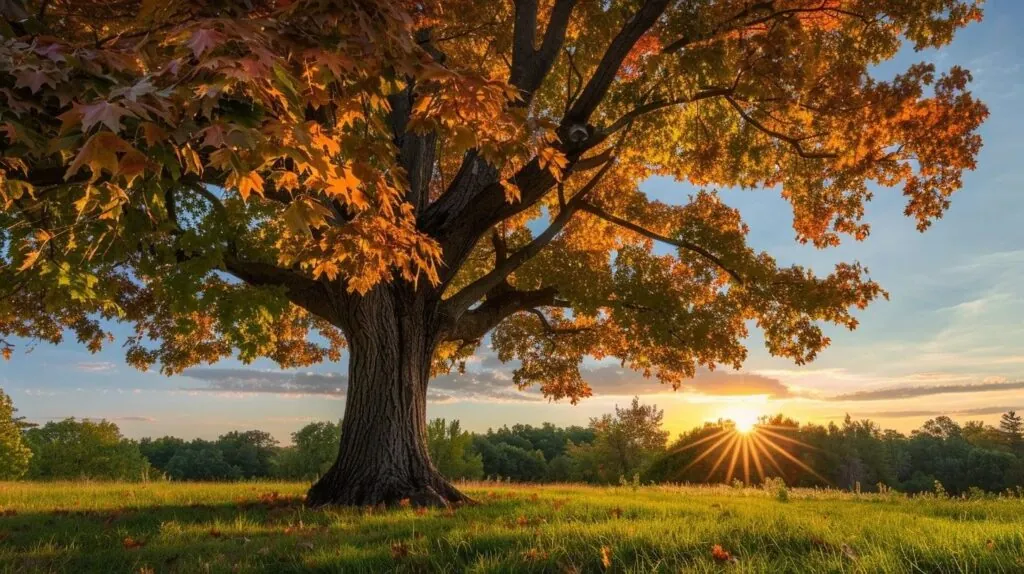
Renowned for its high-quality sap used in making maple syrup, the Sugar Maple is a standout in the maple family. It features a rounded canopy and brilliant autumn foliage that turns vibrant shades of orange and red. This species is slow-growing but can live for several centuries, providing long-term benefits to your landscape. The Sugar Maple prefers well-drained soils and full sun but is adaptable to various soil conditions. In addition to its syrup-producing capabilities, it offers beautiful seasonal color and shade, making it a treasured choice for many gardeners.
Why You Should Plant a Maple Tree?
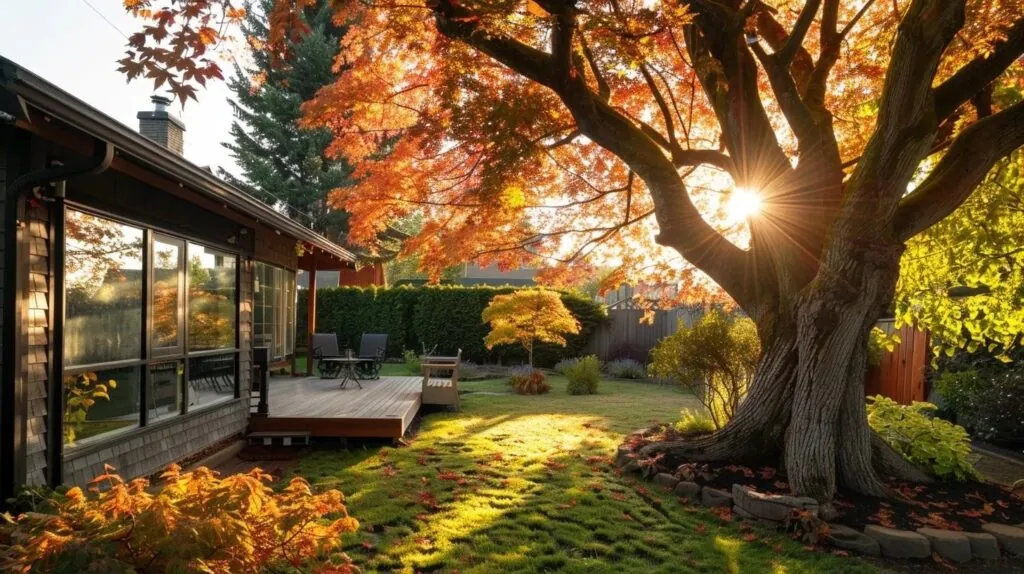
Planting a maple tree can be a rewarding experience, offering a range of benefits that extend beyond mere aesthetics. These trees are not only beautiful but also serve practical purposes, contributing to both the environment and your well-being. From their traditional medicinal uses to their nutritional benefits and ecological contributions, maples provide value in numerous ways. Let’s delve into why adding a maple tree to your landscape can be a smart and fulfilling choice.
Traditional Medicinal Applications
Maple trees have a rich history of medicinal use in various cultures. Native Americans traditionally used the inner bark of the maple for its soothing properties, often making it into teas and poultices to treat ailments such as coughs and digestive issues. The sap of the maple, especially from the Sugar Maple, was also believed to have healing properties. Today, while not as commonly used, these traditional applications highlight the historical significance of maples in herbal medicine and their potential benefits.
Nutritional Benefits
Maple trees, particularly the Sugar Maple, offer more than just visual appeal; they produce maple syrup, a natural sweetener with notable nutritional benefits. Pure maple syrup is rich in essential minerals like manganese, zinc, and calcium, which are important for maintaining bone health, supporting the immune system, and promoting overall wellness. Unlike refined sugars, maple syrup contains antioxidants that can help combat oxidative stress. Incorporating this natural sweetener into your diet can be a delicious way to enhance your nutrition.
Ecological Contributions
Maple trees play a vital role in maintaining ecological balance. Their broad canopies provide essential shade, reducing soil erosion and creating habitats for wildlife. Additionally, maples are like all other trees and are known for their ability to improve air quality by absorbing pollutants and releasing oxygen. They also support various species of birds and insects, contributing to biodiversity. By planting a maple tree, you are not only enhancing your landscape but also supporting a healthier environment while enjoying the benefits yourself.
Aesthetic and Ornamental Value
Maple trees are renowned for their stunning aesthetic appeal. Their vibrant foliage changes colors dramatically through the seasons, from lush green in spring and summer to brilliant shades of red, orange, and yellow in the fall. This seasonal transformation can greatly enhance the beauty of your garden or landscape. Additionally, many maple varieties, such as the Japanese Maple, offer unique leaf shapes and sizes. This makes them a highly versatile choice for adding visual interest and elegance to your outdoor gardens and living space.
Related Post: Trees That Will Help Increase Your Property Value
Get Your Maple Tree the Tree Care It Deserves
To ensure your maple tree thrives and continues to provide its numerous benefits, proper tree trimming and pruning are essential. Start with choosing the right location; maples generally prefer well-drained soil and plenty of sunlight. Regular watering is crucial, especially during dry periods, to maintain soil moisture without waterlogging.
Pruning is another important aspect of maple tree care. Removing dead or crossing branches helps maintain a healthy structure and encourages strong growth. Additionally, watch for common pests and diseases, such as aphids and fungal infections, and address them promptly. The final tip to ensure your maple trees thrive is to make sure you choose the right tree for the climate and space constraints that are in your local area.
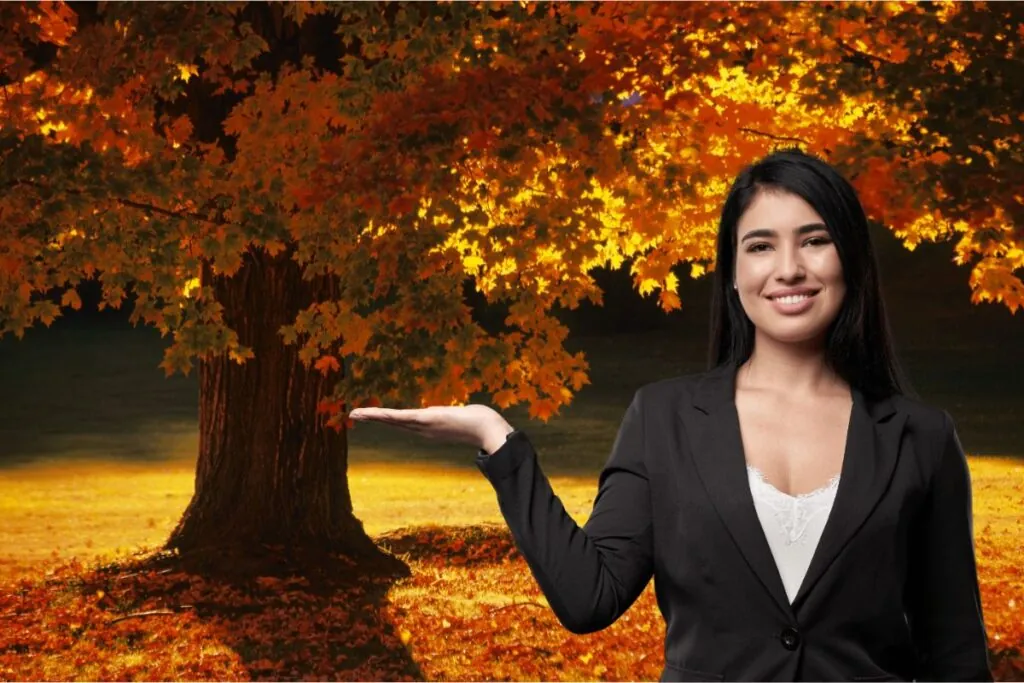
Fertilizing your maple tree once a year with a balanced fertilizer can also promote healthy growth and vibrant foliage. By following these care tips, you will help your maple tree flourish, enhancing your landscape and enjoying its many benefits for years to come.
Conclusion on the Benefits of Maple Trees and Professional CareConclusion
Incorporating a maple tree into your landscape can be a decision that brings long-lasting rewards. From their striking beauty and seasonal color changes to their practical benefits like shade, natural sweeteners, and ecological contributions, maples offer something for every garden.
By understanding the different types of maple trees and how to care for them, you can make an informed choice that enhances your outdoor space while supporting environmental health. Embrace the charm and value of maple trees, and watch as they transform your landscape into a vibrant, thriving oasis. Contact South Shore Service today for more tips!

